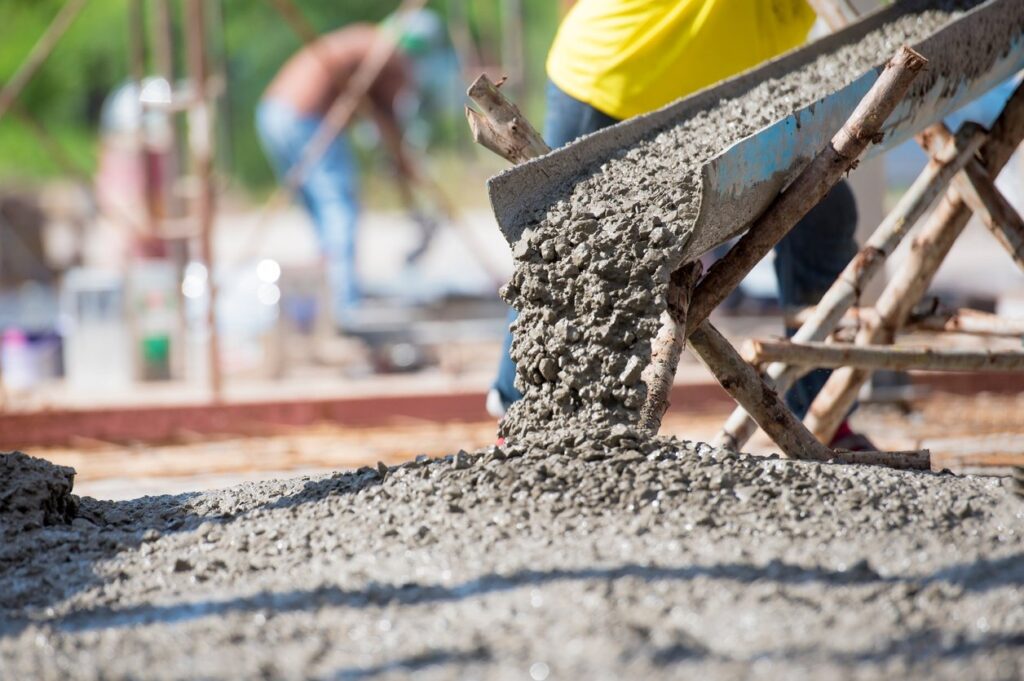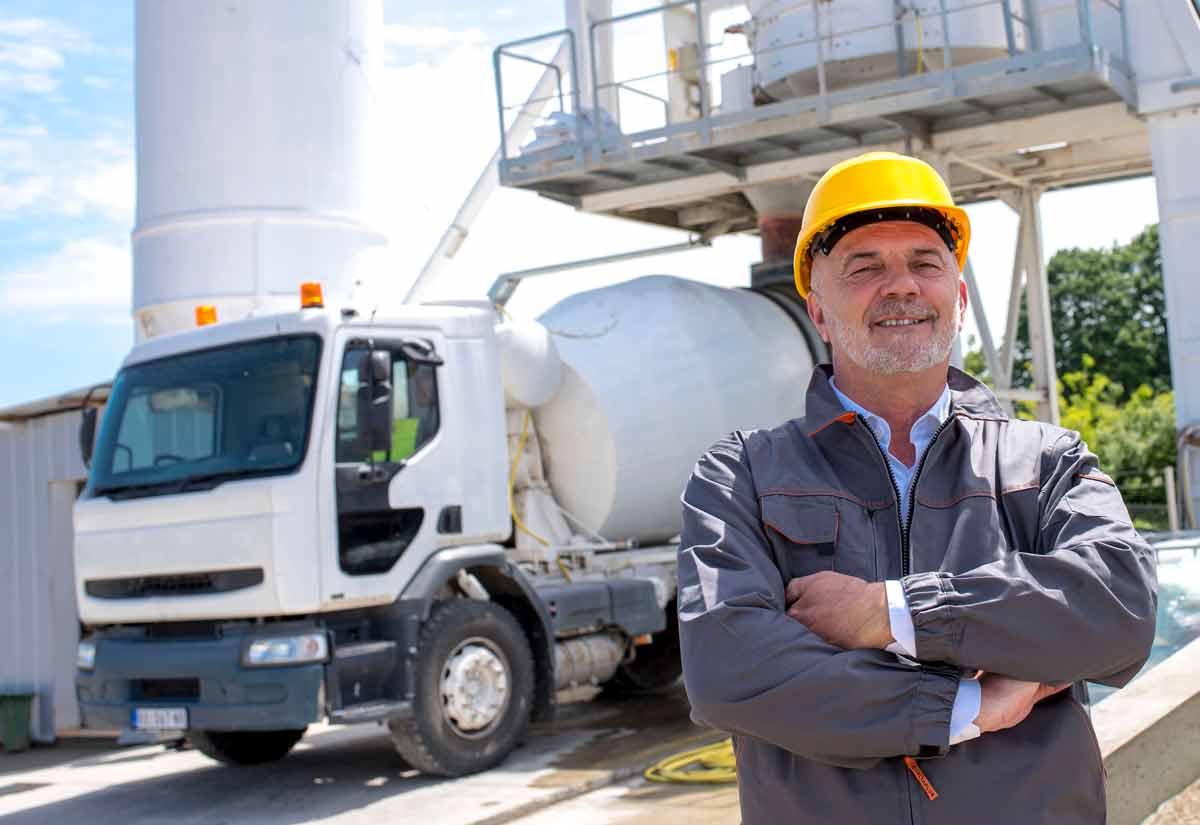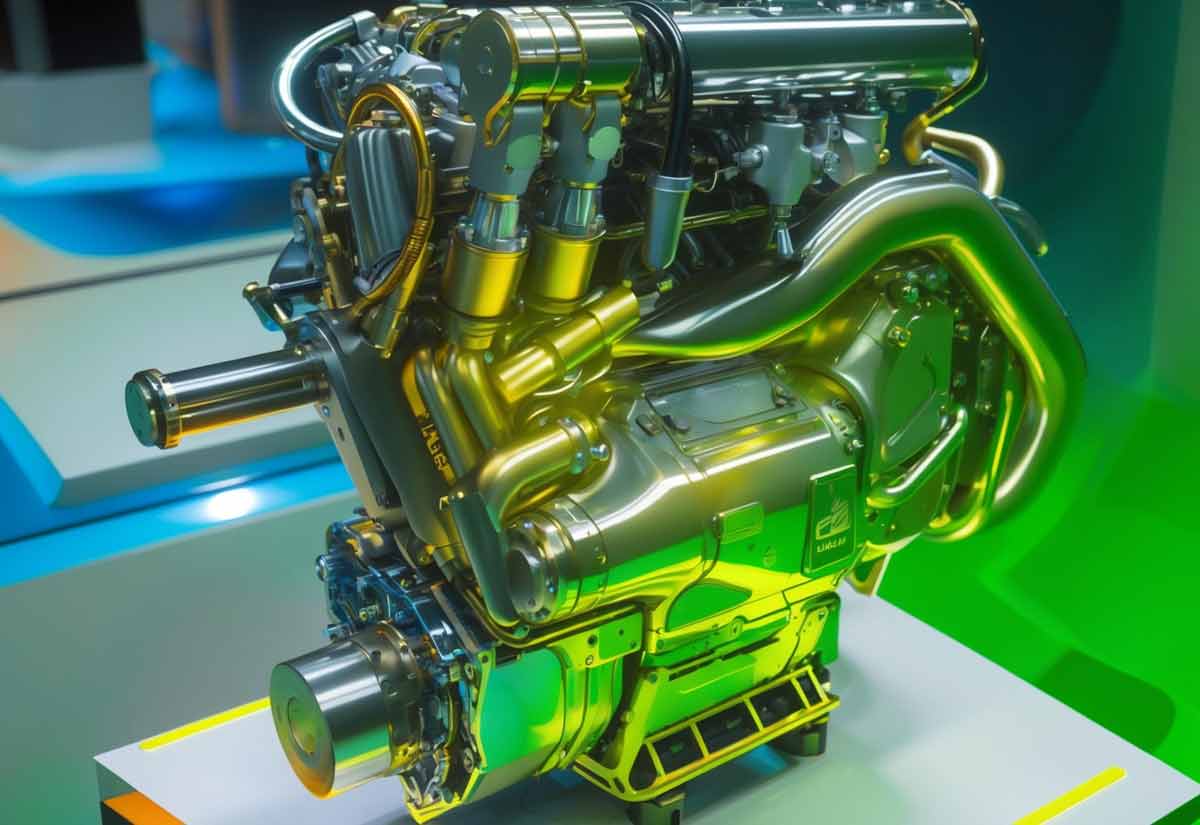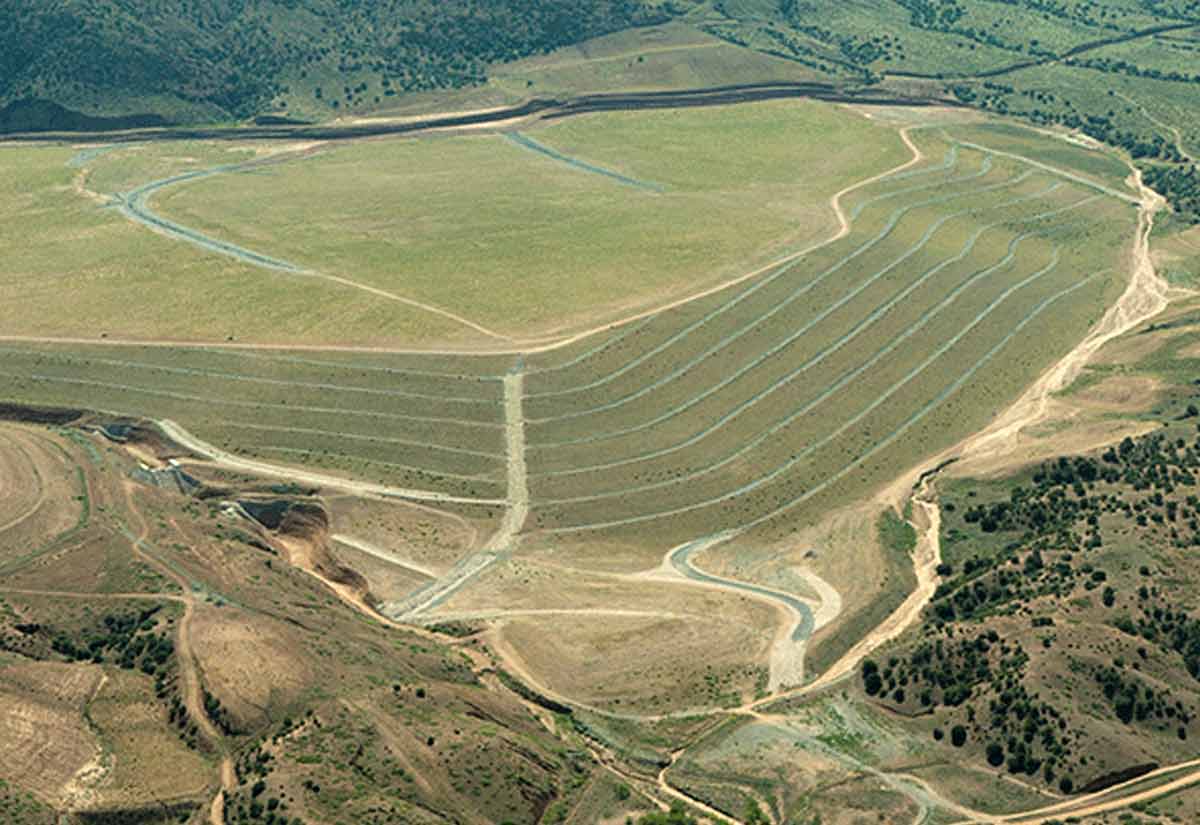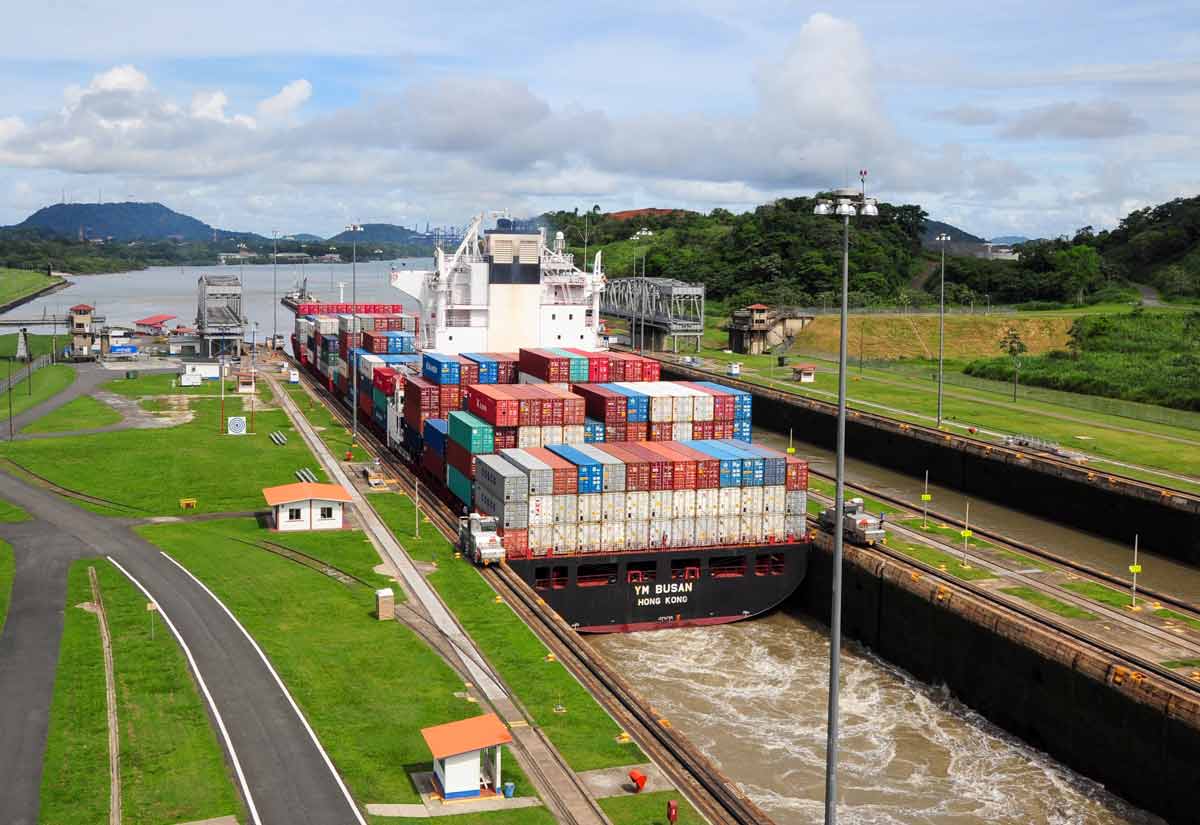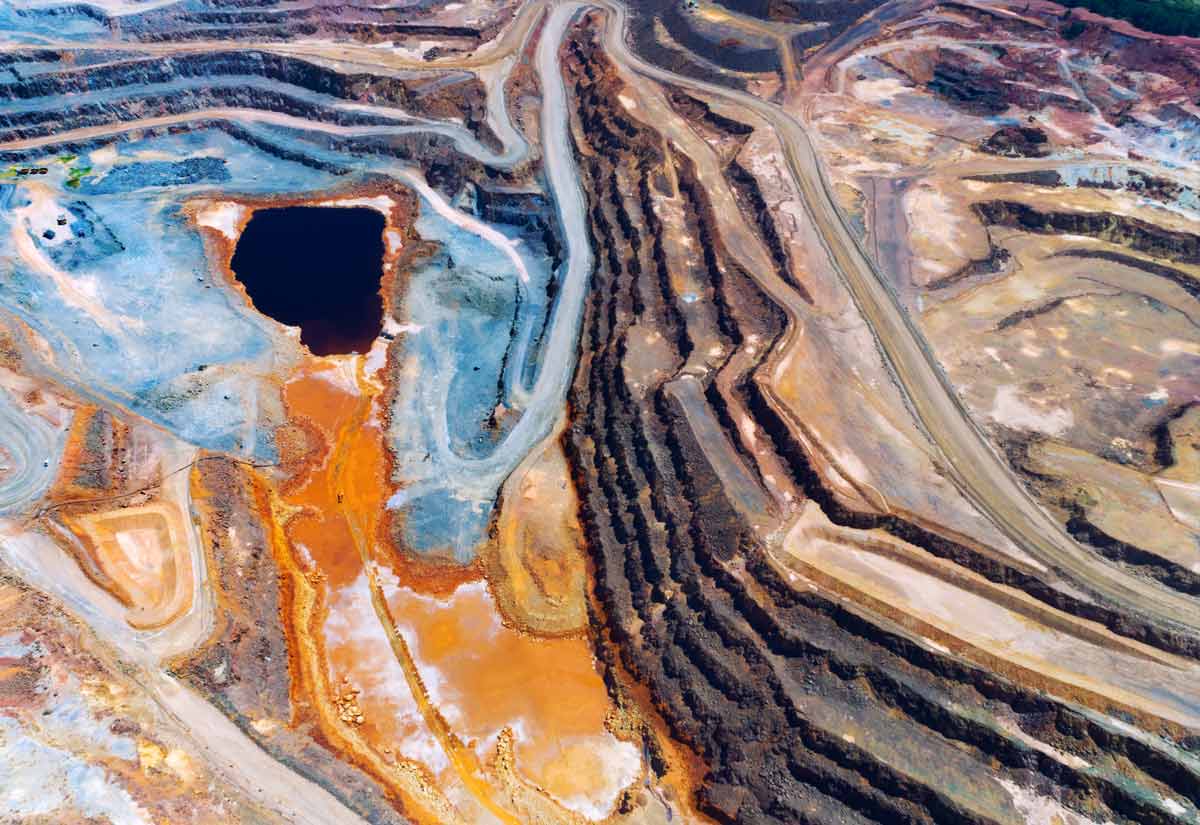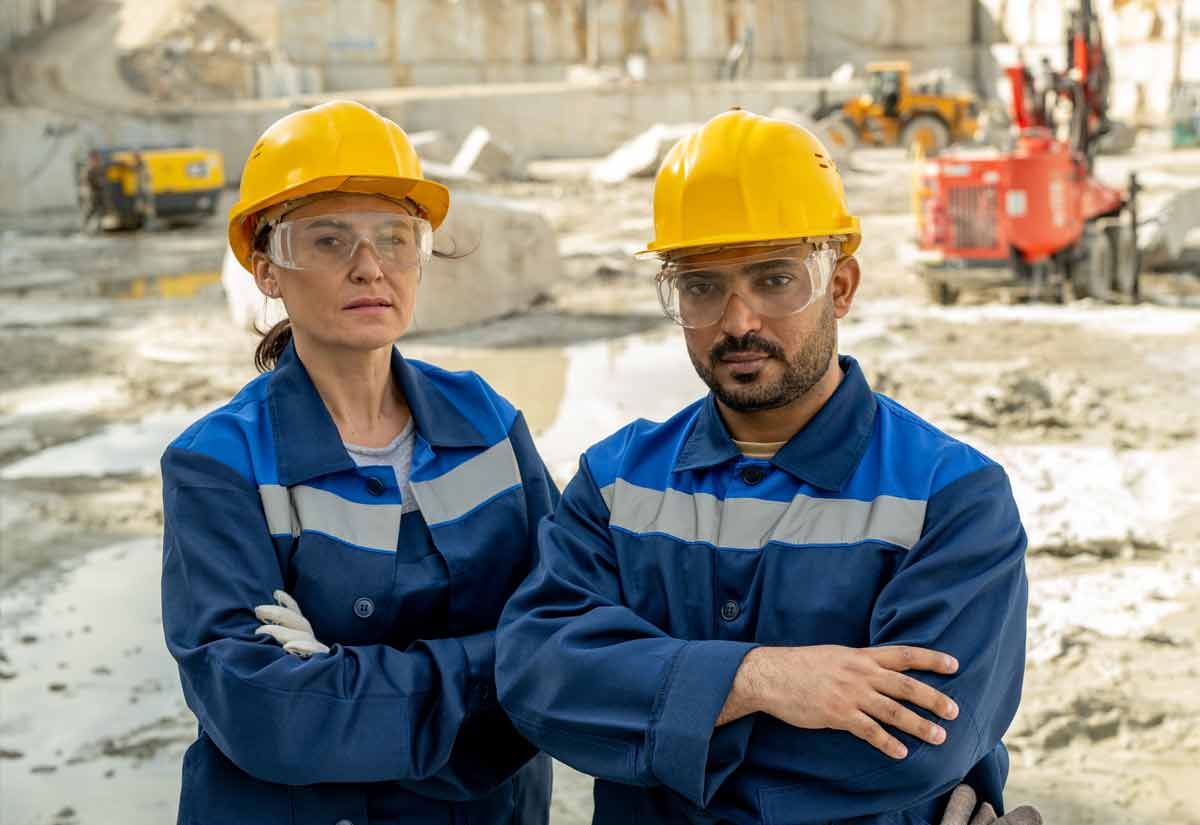The Green Cement Concept
As the most commonly used building material on the planet, concrete’s industrial popularity has always made it a prime target for the environmentally conscious “green movement.” According to Smithsonian,
Concrete’s time-tested reliability for building durable infrastructure in a timely cost-efficient manner has placed the historically venerable building material second only to water as the substance that people use more of by volume.
It’s not that concrete is depleting sustainable resources directly, as in the case of excessive lumber use stressing old growth forestry resources. After all common sand and gravel are plentiful raw materials, so why isn’t the world’s traditional concrete classified as “green”?
What has today’s green teams up in arms is the cement which holds the world’s concrete together, and the carbon dioxide emissions it takes to produce that cement. Cement is manufactured by heating limestone which releases carbon dioxide into the atmosphere.
In 2017, 86.3 million metric tons of cement was produced in the United States alone, contributing to the 4,100 million metric ton total worldwide. If current construction trends continue as nations on the rise such as China and India continue to improve and modernize outdated infrastructure, we could be looking at a billion ton increase in cement production by 2050.
And therein lies the concern and motivation for the green-minded scientists who want to make a dent in what they claim is 5% of the world’s human-produced carbon dioxide emissions. The green cement concept was born, giving rise to some novel innovations.
Coal Fly Ash to the Rescue
A July 2018 article at Popular Mechanics.com is reporting on progress made by researchers at Washington State University to develop a new type of green concrete which doesn’t require heating.
The process accomplishes this lofty goal by eliminating the use of cement completely. Even better, the technique kills two environmental blackbirds with one stone since the key ingredient is another pollutant produced by burning coal known in the power generating industry as fly ash. Coal fly ash is a powdery material which usually ends up in landfills.
Up until now, coal fly ash has been a completely useless byproduct, but the wizards of WSU think they have found a way to use molecular engineering to upgrade fly ash for use in a durable concrete formula.
By using a recently discovered nanomaterial, graphene oxide, they’ve been able to rearrange atoms and molecules to make an upgraded fly ash. This new and improved material is immersed in a solution of liquid glass (sodium silicate) and calcium oxide.
The resulting chemical bonding produces an “inorganic polymer network more durable than hydrated cement”. WSU grad student Wang Xu says the team is looking forward to proving their green concrete concept by building some structures after further testing.
Is Graphene a Game Changer for the Concrete Industry?
While Wang Xu and his WSU team worked on their fly ash version of green concrete, the miracle nanomaterial graphene was also gaining notoriety across the pond at the UK’s University of Exeter. According to Prof. Monica Craciun, a professor of nanoengineering at the University of Exeter, her team’s new green concrete will be an “absolute game changer,” as she stated in this NBC news report.
The new concrete qualifies for its green classification by adding microscopic flakes of graphene, a form of carbon known to be one of the world’s strongest materials. With the added strength of graphene walls and other concrete structures can be thinner, reducing the amount of cement production required. The new composite is also more elastic making it much more suitable for earthquake-prone regions.
Prof. Cracium also noted that graphene-enhanced concrete is four times more resistant to water and is a much better conductor of electricity than traditional concrete. The enthusiastic professor envisions defrostable roads which could be heated electrically to melt snow.
But don’t sell your Portland cement stock just yet. NBC news also consulted MIT’s Concrete Sustainability Hub Director, Dr. Franz-Joseph Ulm about the commercial viability of the graphene concrete composite. The eminent professor predicts that the high cost of graphene would be cost-prohibitive in bringing the composite to market anytime soon, and civil engineer Dr. Rackel San Nicolas of the University of Melbourne cited concerns about the environmental and health risks associated with microscopic graphene particles.
At Resource Erectors we’re happy to take the opportunity to keep you up to speed on all the latest industry innovations. Check out our blog for the latest news affecting your profession or industry.
About Resource Erectors
We recruit and connect operations management, engineering and technical professionals with the best companies in America. We specialize in finding quality professional talent for the Mining and Minerals Processing, Construction Materials, Engineering, and Manufacturing Industries.
When it’s time to build your team don’t hesitate to contact us.
